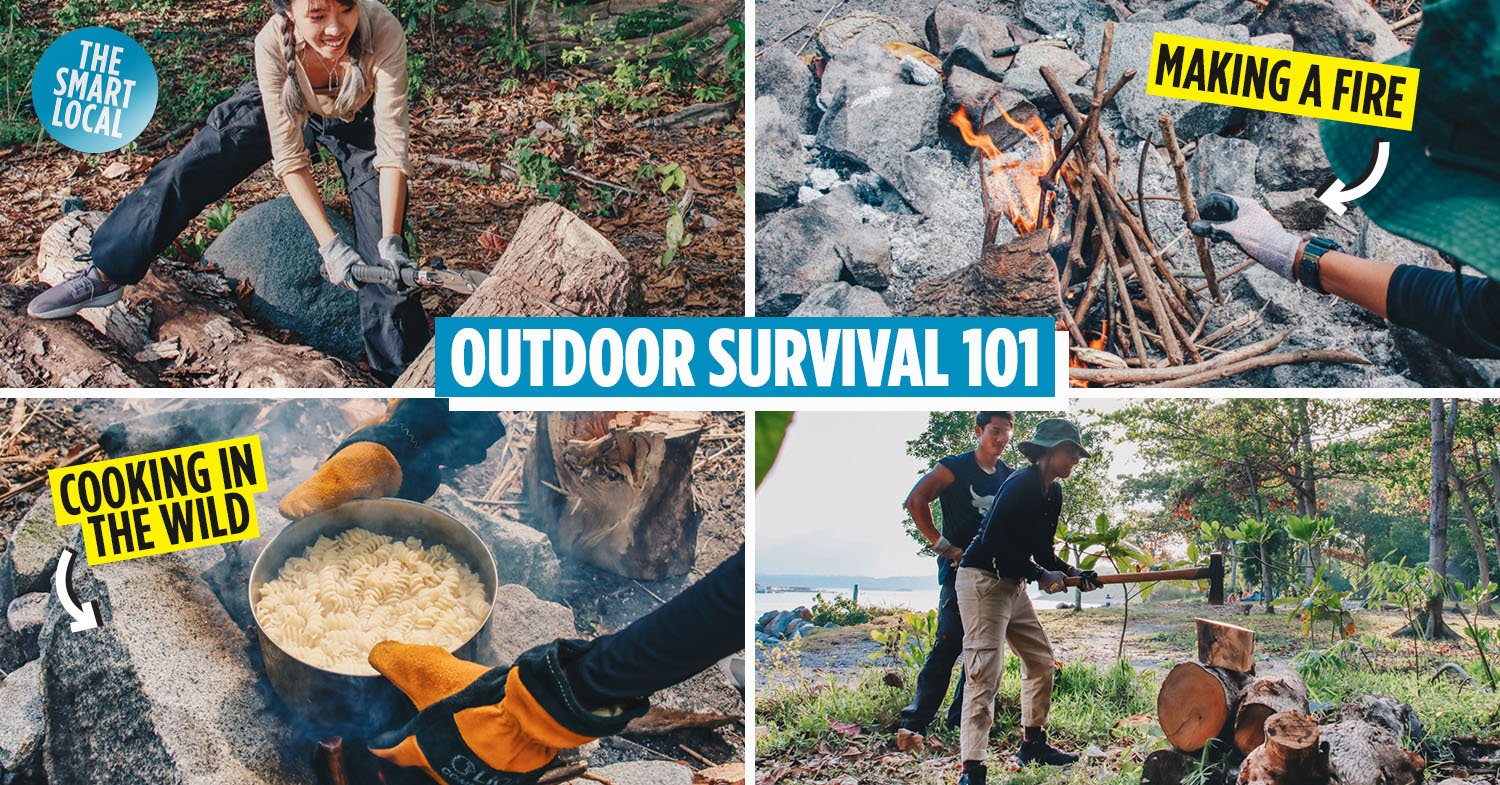The Alaskan wilderness is a vast, rugged, and unforgiving environment, with extreme weather conditions and unpredictable wildlife. Those who venture into Alaska’s wilderness must be prepared to face harsh cold, thick forests, and treacherous terrain. Survival here depends bushcraft survival stories on resourcefulness, physical endurance, and mental strength.
The Danger of Extreme Cold in Alaska
Alaska’s cold temperatures can drop to as low as -50°F in winter. In these extreme conditions, frostbite and hypothermia are constant threats. Without proper clothing and shelter, exposed skin can freeze within minutes. Survivors must have insulated clothing, a strong shelter, and the ability to maintain body heat.
Navigating Alaska’s Rough Terrain
The terrain in Alaska is incredibly varied, from dense forests to towering mountain ranges and vast tundras. Navigating this difficult landscape requires expertise. Survivors must know how to read the land, use a compass or GPS, and avoid dangers such as cliffs, crevasses, and rivers that can quickly lead to disaster.
Finding Food and Water in Alaska
In the Alaskan wilderness, finding food and water can be a challenge. Rivers and lakes often freeze in the winter, so access to fresh water can be limited. For food, survivors must rely on hunting, fishing, and foraging. Knowledge of local wildlife and edible plants is vital for survival.
The Role of Shelter in Survival
Shelter is a key component of surviving Alaska’s extreme environment. A well-built shelter can protect against the biting cold and provide a safe haven from dangerous animals. Using natural materials or emergency tents, survivors must ensure their shelter is insulated, weatherproof, and capable of keeping them warm through harsh nights.
Coping with Dangerous Wildlife
The Alaskan wilderness is home to many dangerous animals, including bears, wolves, and moose. These animals can pose a significant threat, especially when food supplies are scarce. Survivors must understand animal behavior, avoid encounters, and know how to defend themselves if necessary. Properly storing food is also crucial to avoid attracting predators.
Survival in Alaska’s Long Winters
Winter in Alaska is long, dark, and brutal. Daylight can be limited to just a few hours, making navigation and outdoor activities more challenging. Survivors must rely on efficient use of time, carefully planning activities and conserving energy. Staying mentally strong and focused is essential during the long winter months.
Signaling for Rescue in the Wilderness
If lost in Alaska, signaling for help is a critical survival skill. Survivors can use fire, smoke signals, or bright-colored objects to attract attention. A whistle, mirror, or flares are effective tools for signaling, especially when trying to alert passing aircraft or search and rescue teams that might be looking for them.
The Importance of Fire for Survival
Fire is one of the most important tools for survival in Alaska. It provides warmth, helps purify water, and can be used to cook food. Building a fire in wet conditions can be challenging, but knowing how to start a fire with wet wood or in snow is an essential skill for anyone in the wild.
Mental Resilience in Alaska’s Wilderness
Surviving in the Alaskan wilderness isn’t just about physical endurance—it requires mental resilience as well. The isolation, extreme cold, and constant battle against the environment can take a psychological toll. Survivors must stay calm, focused, and optimistic, using their skills to survive each day while holding onto the hope of rescue.
Conclusion: Overcoming Alaska’s Harsh Challenges
Surviving in the Alaskan wilderness is a test of both physical and mental strength. The severe weather, rugged terrain, and dangerous wildlife all demand careful preparation and constant vigilance. However, with the right knowledge, skills wilderness survival stories, and attitude, it is possible to survive and emerge from this challenging environment stronger than before.






Leave A Comment